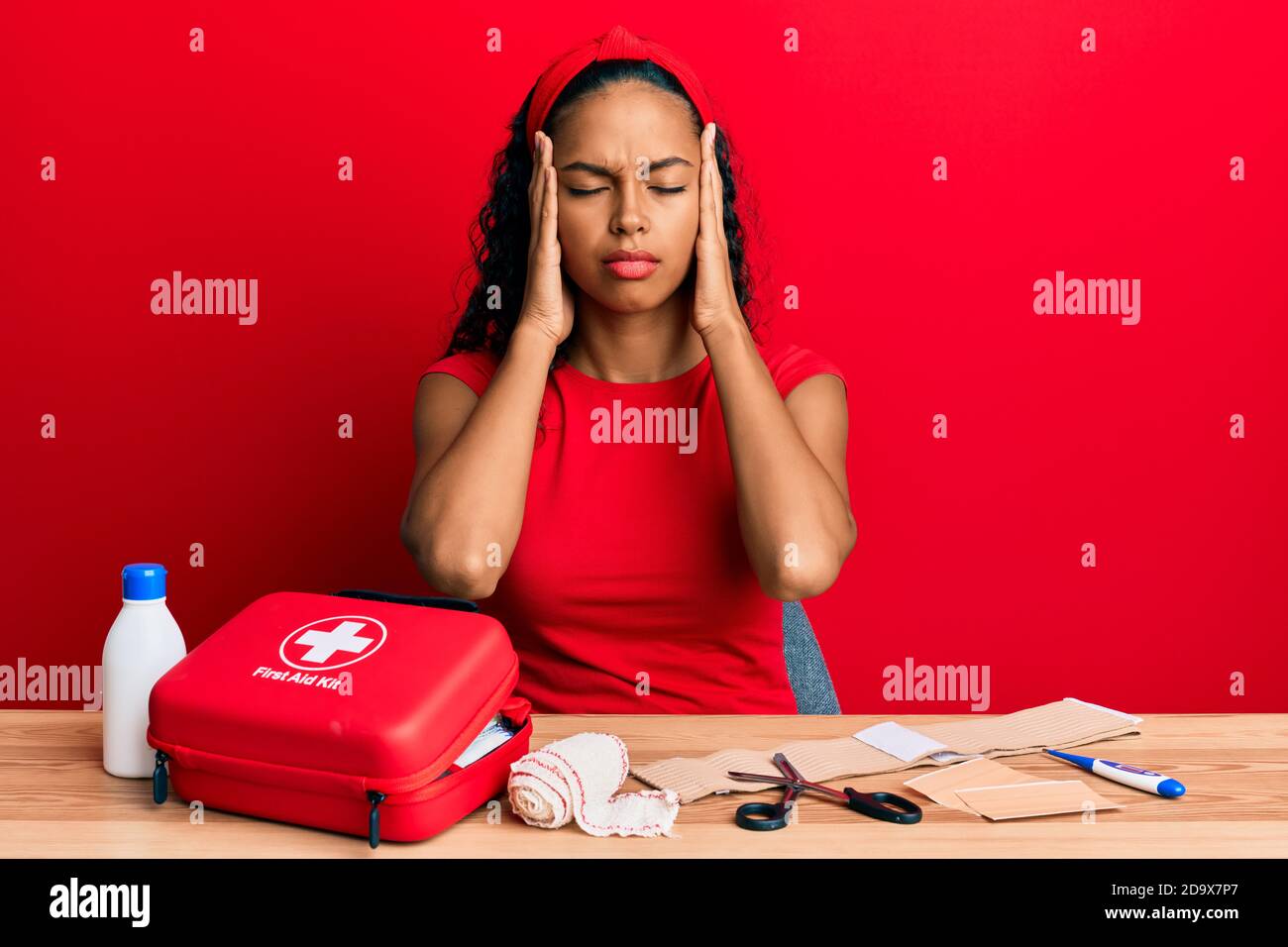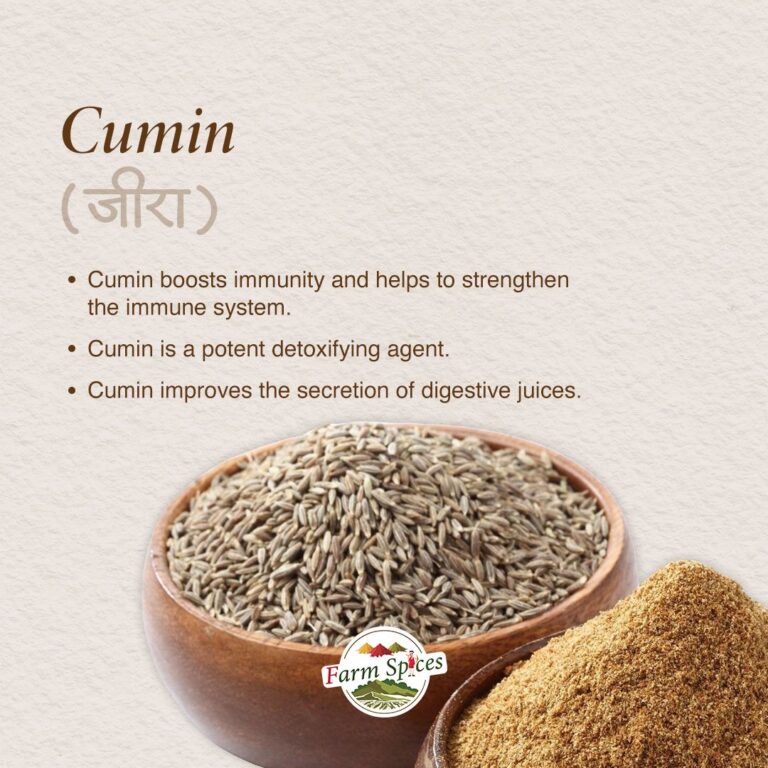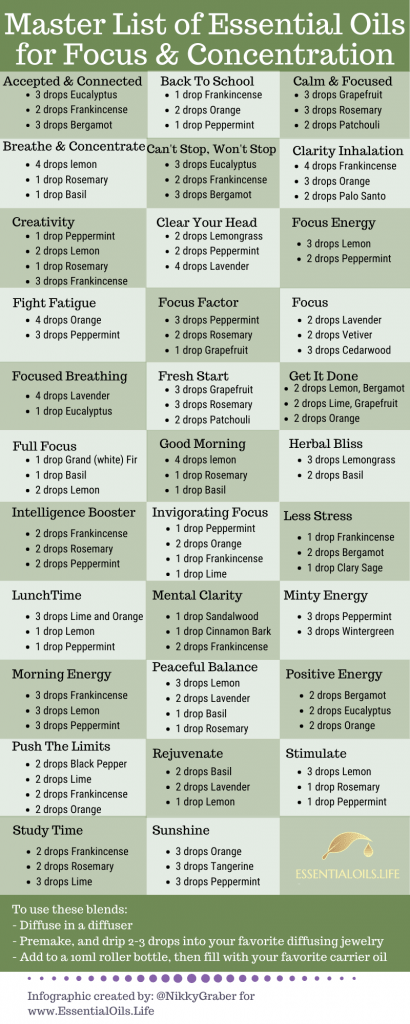The Headache First-Aid Kit: 7 Fast Ways to Stop Pain in Its Tracks
The silent assailant. The throbbing tyrant. The dull ache that blossoms into a blinding agony. Headaches, in their myriad forms, are an unwelcome constant in the human experience, capable of derailing days, dimming focus, and stripping joy from even the simplest moments. For many, the onset of a headache triggers a familiar dread, a race against time to find relief before the pain escalates beyond endurance. But what if you could not just react, but proactively equip yourself with an arsenal of strategies, a true "Headache First-Aid Kit," designed to intercept pain at its earliest whisper and stop it in its tracks?
This isn’t merely a list of remedies; it’s a narrative of empowerment, a guide to understanding the subtle art of pain management, crafted for those who seek more than just superficial relief. We’ll delve into seven potent, fast-acting methods, exploring not just what to do, but why they work, allowing you to tailor your response with precision and confidence. Imagine having the knowledge and tools to transform that familiar groan of impending pain into a defiant stand, turning the tide before the battle even truly begins.
The Philosophy of Early Intervention: Catching the Whisper Before the Roar
Before we unveil the components of our kit, let’s embrace a fundamental principle: timing is everything. A headache, particularly a migraine, often isn’t a sudden explosion but a gradual escalation. There are prodromal phases, subtle cues – a mood shift, a yawn, a neck stiffness, visual disturbances – that signal its approach. Learning to recognize these precursors is your first, most critical weapon. The faster you deploy your chosen first-aid strategy, the higher your chance of aborting the headache entirely or significantly reducing its severity and duration. This kit is about agility, about responding to the whisper before it becomes a roar.
The Headache First-Aid Kit: 7 Fast Ways to Stop Pain
1. The Chemical Cavalry: OTC Pain Relievers (The Foundation of the Kit)
When the first tendrils of pain begin to coil, your most immediate and often most effective allies are the over-the-counter (OTC) pain relievers. These aren’t just generic pills; they are scientifically formulated compounds designed to interfere with pain pathways at various levels. For a knowledgeable audience, understanding their mechanisms is key to choosing wisely.
-
NSAIDs (Non-Steroidal Anti-Inflammatory Drugs): This category includes aspirin, ibuprofen (Advil, Motrin), and naproxen (Aleve).
- Mechanism: NSAIDs work by inhibiting cyclooxygenase (COX) enzymes, which are crucial for the synthesis of prostaglandins. Prostaglandins are lipid compounds that act as local hormones, promoting inflammation, pain, and fever. By blocking their production, NSAIDs reduce the inflammatory response that often contributes to headache pain, particularly tension headaches and the inflammatory component of migraines. Aspirin, in particular, also has anti-platelet effects, which can be relevant in some headache types.
- Application: For most headaches, a standard dose taken at the very first sign of pain is most effective. Ibuprofen (200-400mg) or naproxen (220-440mg) are often preferred due to their longer duration of action compared to aspirin. Taking them with food can minimize gastric irritation.
- Nuances: While powerful, NSAIDs can cause gastrointestinal side effects (heartburn, ulcers) with prolonged or high-dose use. They should be used cautiously by individuals with kidney issues, asthma, or a history of stomach problems.
-
Acetaminophen (Tylenol, Paracetamol):
- Mechanism: Unlike NSAIDs, acetaminophen’s primary mechanism isn’t fully understood, but it’s believed to act centrally in the brain and spinal cord, reducing pain and fever by inhibiting prostaglandin synthesis primarily within the central nervous system, rather than peripherally. It also likely modulates pain pathways involving serotonin. Crucially, it lacks the anti-inflammatory properties of NSAIDs.
- Application: A standard dose (500-1000mg) can be effective for mild to moderate headaches. It’s often recommended for those who cannot tolerate NSAIDs.
- Nuances: The primary concern with acetaminophen is liver toxicity, especially at high doses or when combined with alcohol. Adhering strictly to recommended dosages is paramount.
-
Combination Products: Many OTC headache remedies combine acetaminophen, aspirin, and caffeine (e.g., Excedrin Migraine). This synergistic approach leverages different pain-relief pathways, often providing superior relief for migraines than single-ingredient formulations.
The Story: Imagine Sarah, a project manager, feeling the familiar tension building behind her eyes. Instead of waiting, she reaches for her pre-dosed ibuprofen, knowing that each pill is a tiny, precision-guided missile aimed at the inflammatory processes just beginning to rage. Within 30 minutes, the subtle throb begins to recede, a testament to her swift, informed action.
2. The Caffeinated Catalyst: A Synergistic Power-Up
Caffeine, often maligned as a potential headache trigger, is paradoxically a potent weapon in the headache first-aid kit when used judiciously. Its role is twofold: it can directly alleviate pain and enhance the effectiveness of other pain relievers.
- Mechanism: Caffeine is a vasoconstrictor, meaning it narrows blood vessels. During certain headaches, particularly migraines, blood vessels in the brain can dilate, contributing to the throbbing pain. By constricting these vessels, caffeine can help reduce pressure and pain. Furthermore, caffeine is an adenosine receptor antagonist. Adenosine is a neurotransmitter that can promote vasodilation and pain signaling. By blocking adenosine, caffeine reduces these effects. Beyond its direct action, caffeine also enhances the absorption and efficacy of acetaminophen and NSAIDs, making combination products particularly powerful.
- Application: For acute headache relief, a moderate dose of caffeine (e.g., a strong cup of coffee, or the amount found in combination OTC pills) taken early is key. If you’re a regular caffeine consumer, a dose slightly higher than your usual intake might be necessary to achieve a therapeutic effect without causing jitters.
- Nuances: While beneficial for acute relief, chronic daily caffeine consumption, especially high doses, can lead to "medication overuse headaches" or "caffeine withdrawal headaches." This is a critical distinction for a knowledgeable audience: caffeine is a tool for acute intervention, not a daily preventative for headaches. Use it strategically, not habitually for pain relief.
The Story: Mark, a writer prone to tension headaches, feels the familiar pressure starting in his temples. He knows his usual ibuprofen works, but today he’s adding a strong espresso to the mix. He understands the caffeine isn’t just a jolt; it’s an accelerator for the ibuprofen, a strategic partner in bringing down the pain faster, allowing him to reclaim his creative flow.
3. The Thermal Tactician: Hot and Cold Therapy (The Soothing Embrace)
The application of temperature, either hot or cold, can provide remarkably fast and effective relief by influencing blood flow, muscle tension, and nerve signaling. The choice between hot and cold often depends on the type of headache and individual preference.
-
Cold Therapy (The Numbing Chill):
- Mechanism: Cold constricts blood vessels, which can reduce inflammation and the pulsing pain associated with migraines. It also numbs the area, reducing pain signals sent to the brain. The cold sensation itself can act as a distraction, temporarily overriding pain signals.
- Application: An ice pack, a bag of frozen peas, or a cold, damp cloth applied to the forehead, temples, or the back of the neck. For migraines, many find relief by placing an ice pack directly on the painful side of the head. Keep it on for 15-20 minutes, then remove for 15-20 minutes to prevent skin damage.
- Nuances: Ensure a barrier (towel) between the ice pack and skin to prevent frostbite. Some individuals find cold exacerbates their pain, particularly those with tension headaches characterized by muscle stiffness.
-
Heat Therapy (The Relaxing Warmth):
- Mechanism: Heat promotes vasodilation (widening of blood vessels) and increases blood flow, which can help relax tense muscles in the neck and shoulders – a common trigger or contributor to tension headaches. The warmth also provides a comforting, soothing sensation that can reduce stress and pain perception.
- Application: A warm compress, a heating pad (on low setting), a hot shower, or even a warm bath. Apply to the back of the neck, shoulders, or forehead. For sinus headaches, steam from a hot shower or a bowl of hot water can help open nasal passages.
- Nuances: Be careful with heating pads to avoid burns; never sleep with one on. For migraines, heat might sometimes worsen the throbbing sensation due to increased blood flow.
The Story: Anya’s tension headache often starts with a stiff neck. She’s learned that a long, hot shower, letting the steam and warmth envelop her shoulders, can melt away the knots before they fully translate into head pain. But when her sister experiences a sharp, pulsing migraine, an ice pack on her temples is the only thing that offers respite, a cool shield against the internal storm. They understand the nuances, the subtle differences in their bodies’ responses, making them thermal tacticians in their own right.
4. The Hydration Imperative: Quenching the Pain
Dehydration is a shockingly common and easily overlooked trigger for headaches. Our brains are largely composed of water, and even mild dehydration can cause them to temporarily shrink, pulling away from the skull and triggering pain receptors.
- Mechanism: When the body is dehydrated, blood volume decreases, which can lead to reduced blood flow and oxygen to the brain. The body also tries to conserve water, which can affect electrolyte balance. These physiological changes can irritate blood vessels and nerve endings, leading to headache pain. Rehydration gradually reverses these processes.
- Application: At the first sign of a headache, drink a large glass (16-20 oz) of water. Continue to sip water steadily over the next hour. For more severe dehydration or if you’ve been exercising heavily, an electrolyte-rich drink (like coconut water or a sports drink without excessive sugar) can be even more effective at restoring fluid balance.
- Nuances: This method is particularly effective for "hangover" headaches or headaches that appear after intense physical activity, prolonged sun exposure, or simply not drinking enough throughout the day. It’s a foundational element of general health and headache prevention, but also a fast-acting intervention. Avoid sugary drinks or excessive caffeine, which can further dehydrate or cause rebound issues.
The Story: David, a busy architect, often forgets to drink water during intense work sessions. He’s learned to associate that dull, persistent ache behind his eyes with thirst. Now, at the first hint of that familiar throb, he reaches for his insulated water bottle, knowing that each gulp is re-inflating his brain, soothing the irritated tissues, and often, dissolving the headache before it can truly take hold. It’s a simple act, yet profoundly effective.
5. The Sanctuary Seeker: Sensory Deprivation & Rest (The Retreat)
For many headache sufferers, particularly those with migraines, the world itself becomes an enemy during an attack. Light, sound, and even strong smells can intensify pain to an unbearable degree. Creating a sensory sanctuary is not just comforting; it’s a vital, fast-acting therapeutic intervention.
- Mechanism: Migraines and some tension headaches are characterized by hypersensitivity to external stimuli (photophobia, phonophobia, osmophobia). The brain’s pain processing centers become overactive, and sensory input that is normally benign is interpreted as painful. By removing these stimuli, you reduce the excitatory input to these overactive centers, allowing the brain to calm down and the pain signals to diminish. Rest and sleep further facilitate this process, allowing the body’s natural healing mechanisms to engage.
- Application: Find a dark, quiet, cool room. Close the blinds, turn off lights, silence your phone. Lie down in a comfortable position, ideally without a pillow if neck tension is a factor, or with a supportive pillow if it helps. Close your eyes. Focus on slow, deep breaths. If possible, allow yourself to drift off to sleep. Even a 20-30 minute power nap in this environment can be remarkably restorative.
- Nuances: This method is often most effective when combined with other interventions. For example, taking an OTC pain reliever and then retreating to a dark room can significantly boost its effectiveness. Avoid screens (phones, tablets, computers) as the blue light and mental engagement can counteract the benefits of sensory deprivation.
The Story: Maria’s migraines hit hard and fast. She’s learned to read the early signs – the shimmering aura, the metallic taste. Her immediate response is to retreat. Her "sanctuary" is her bedroom, pre-emptively darkened, cooled, and silent. She takes her medication, then pulls an eye mask over her eyes, plugs in noise-canceling headphones, and lies down. In that cocoon of calm, the assault of light and sound is muted, allowing her medication to work its magic, giving her brain the space it needs to quiet the storm.
6. The Pressure Point Practitioner: Self-Massage & Acupressure (The Hands-On Approach)
The ancient art of acupressure and the simple act of self-massage can offer surprisingly rapid relief by targeting specific nerve pathways, releasing muscle tension, and promoting relaxation.
- Mechanism: Acupressure points are believed to stimulate the body’s natural pain-relieving mechanisms, such as the release of endorphins. Massaging tense muscles, particularly in the neck, shoulders, and scalp, directly reduces the physical strain that often contributes to tension headaches. It also increases blood flow to the area, which can help flush out metabolic waste products and deliver oxygen to strained tissues. The act of self-massage itself can be soothing and distracting, engaging the parasympathetic nervous system.
- Application:
- LI4 (Hegu Point): Located on the back of the hand, in the web between the thumb and index finger. Apply firm, steady pressure with the thumb of your opposite hand for 30-60 seconds, or until you feel a dull ache. This point is often used for general pain relief, including headaches.
- PC6 (Neiguan Point): Located on the inner forearm, about two thumb-widths up from the wrist crease, between the two central tendons. Press firmly to relieve nausea often associated with migraines.
- GB20 (Fengchi Point): Located at the base of the skull, in the hollows on either side of where the neck muscles attach. Use your thumbs to apply firm, upward pressure, often combined with gentle circular motions. Excellent for tension headaches and neck stiffness.
- GV20 (Baihui Point): At the very top of the head, in the center. Apply gentle pressure.
- Temples: Gently massage your temples in small circles with your fingertips.
- Scalp Massage: Use your fingertips to gently but firmly massage your entire scalp, working from the hairline to the base of the skull.
- Neck and Shoulder Massage: Use your fingers to knead and gently stretch tight muscles in your neck and shoulders.
- Nuances: While generally safe, avoid applying excessive pressure, especially on the neck. Pregnant individuals should consult a doctor before using acupressure points, particularly LI4, which is traditionally used to induce labor.
The Story: Elena often carries her stress in her shoulders, which inevitably creeps up into her head. She’s learned the geography of her own pain points. At the first whisper of a tension headache, she presses firmly on her LI4 point, feeling a familiar dull throb that signals relief is on its way. Then, she gently massages the base of her skull, easing the knot of tension that threatens to unravel her focus. Her hands, guided by knowledge, become instruments of immediate relief.
7. The Aromatic Alchemist: Essential Oils & Herbal Aids (Nature’s Touch)
Harnessing the power of botanicals, both through aromatherapy and internal consumption, can offer a fast-acting, complementary approach to headache relief, particularly for those sensitive to pharmaceutical options or seeking a holistic edge.
-
Essential Oils (Aromatherapy):
- Peppermint Oil:
- Mechanism: Contains menthol, which has analgesic and anti-inflammatory properties. When applied topically, it creates a cooling sensation that can numb the area and relax tense muscles. It also has a stimulating aroma that can improve focus and reduce nausea.
- Application: Dilute 2-3 drops of peppermint essential oil in a teaspoon of carrier oil (like coconut or jojoba oil). Gently massage onto the temples, forehead, and back of the neck. Inhale directly from the bottle or a diffuser for an invigorating effect.
- Lavender Oil:
- Mechanism: Known for its calming and sedative properties. It can reduce anxiety, promote relaxation, and has mild analgesic effects. Stress and anxiety are major headache triggers, so lavender’s ability to soothe the nervous system is highly beneficial.
- Application: Dilute 2-3 drops in a carrier oil and massage onto the temples, behind the ears, or the back of the neck. Diffuse in your sanctuary (dark, quiet room) or place a drop on a cotton ball near your pillow.
- Nuances for Essential Oils: Always dilute essential oils before applying to the skin to prevent irritation. Perform a patch test first. Avoid contact with eyes. Consult with a doctor, especially if pregnant or breastfeeding. Quality matters; use therapeutic-grade oils from reputable sources.
- Peppermint Oil:
-
Herbal Aids (Internal):
- Ginger:
- Mechanism: Ginger has potent anti-inflammatory properties, acting similarly to NSAIDs by inhibiting prostaglandin synthesis. It’s also a powerful anti-emetic, making it particularly useful for migraines accompanied by nausea and vomiting.
- Application: Brew a strong ginger tea (using fresh ginger root or a high-quality tea bag) and sip slowly. Ginger capsules are also an option, but the tea might provide faster relief due to quicker absorption.
- Feverfew:
- Mechanism: While primarily known as a preventative, some studies suggest that taking feverfew at the onset of a headache may help. Its mechanism involves inhibiting serotonin release and prostaglandin synthesis, both implicated in migraine pathophysiology.
- Application: Often taken as capsules or tinctures. For acute use, follow dosage recommendations carefully.
- Nuances for Herbal Aids: Always consult a healthcare professional before taking herbal supplements, especially if you are on other medications or have underlying health conditions. Quality and standardization of herbal products can vary greatly.
- Ginger:
The Story: Chloe, who prefers natural remedies, has curated a small collection of essential oils. When a stress-induced headache begins to tighten her scalp, she dilutes peppermint oil, inhales its sharp, invigorating scent, and gently massages it into her temples. If nausea accompanies the pain, she brews a cup of potent ginger tea, feeling the warmth and the soothing properties work their magic from within. She’s the aromatic alchemist, trusting in nature’s gentle yet powerful touch.
Beyond the Kit: Understanding Your Headache Landscape
While these seven fast-acting strategies form the core of your immediate response kit, a truly knowledgeable approach to headache management requires a broader understanding.
Understanding Your Headache Type
Not all headaches are created equal, and while many of these first-aid tools are broadly applicable, some are more effective for specific types:
- Tension Headaches: The most common type, often described as a tight band around the head, dull ache, or pressure. Often linked to stress, muscle tension in the neck/shoulders, and poor posture. Best Kit Tools: OTC NSAIDs/acetaminophen, heat therapy, pressure points/massage, sensory deprivation (for severe tension), peppermint oil.
- Migraine Headaches: More severe, often throbbing or pulsing pain, usually on one side of the head, accompanied by nausea, vomiting, and extreme sensitivity to light (photophobia) and sound (phonophobia). May have an "aura" phase. Best Kit Tools: Combination OTC pain relievers (with caffeine), cold therapy, sensory deprivation, ginger (for nausea), lavender oil. Early intervention is paramount.
- Cluster Headaches: Rare but excruciatingly painful, characterized by intense, piercing pain usually around one eye, accompanied by autonomic symptoms like tearing, nasal congestion, or drooping eyelid on the affected side. They occur in "clusters." Best Kit Tools: These are severe and often require prescription medications (triptans, oxygen). OTC remedies are usually ineffective. This article focuses on self-manageable headaches; cluster headaches typically warrant immediate medical attention.
The Crucial Art of Timing: The "Nip It in the Bud" Strategy
We cannot overstate this: the efficacy of your headache first-aid kit hinges on timely application. Think of it like putting out a fire. A small ember can be extinguished with a glass of water; a raging inferno requires a fire department. Similarly, a headache at its earliest, most subtle stage is far more responsive to intervention than one that has been allowed to escalate into full-blown agony.
Develop a heightened awareness of your body’s signals. Do you get a specific visual disturbance before a migraine? Does a dull ache in your neck always precede a tension headache? Learn your personal prodromal symptoms. When you feel that first whisper of pain, act immediately. Don’t wait to see if it gets worse. This proactive approach is the single most powerful factor in gaining control over your headaches. It transforms you from a passive victim into an active manager of your pain experience.
When to Call for Backup: Knowing When to Seek Professional Help
While this first-aid kit empowers you with immediate relief strategies, it’s crucial to understand its limitations. Persistent, severe, or unusual headaches warrant medical attention. Seek professional help if you experience:
- Sudden, severe headache (thunderclap headache): The worst headache of your life, coming on abruptly.
- Headache after head injury.
- Headache accompanied by fever, stiff neck, rash, confusion, seizures, double vision, weakness, numbness, or difficulty speaking.
- A new type of headache or a significant change in your headache pattern after age 50.
- Headaches that worsen over days or weeks.
- Headaches that interfere with daily activities despite self-treatment.
- Chronic daily headaches (more than 15 days a month) or increasing frequency/severity.
- Suspected medication overuse headaches (if you’re taking OTC pain relievers more than 2-3 days a week).
Your Headache First-Aid Kit is a tool for self-management, not a substitute for professional medical advice. A doctor can help diagnose the specific type of headache, rule out underlying conditions, and discuss prescription options if needed.
Building Your Personalized Arsenal: A Practical Approach
Now that you’re equipped with knowledge, it’s time to build your physical kit. This isn’t just a mental inventory; it’s a tangible collection of tools ready for deployment.
- The Travel Pack: A small pouch with individual doses of your preferred OTC pain relievers, a few drops of diluted peppermint oil, and maybe a travel-sized bottle of water. Keep one in your bag, your car, and your desk.
- The Home Sanctuary: Ensure your bedroom can be easily transformed into a dark, quiet, cool space. Keep an ice pack in the freezer and a heating pad accessible.
- The Hydration Station: Always have a full water bottle within reach.
- The Herbal Corner: Stock up on ginger tea or capsules, and your chosen essential oils.
Experiment with these methods. Not every strategy will work equally well for everyone, or for every headache. Pay attention to your body’s responses. Keep a simple headache diary to track what triggers your headaches, what helps, and what doesn’t. This personal data will be invaluable in refining your approach and making your headache first-aid kit truly bespoke.
Conclusion: Reclaiming Control, One Headache at a Time
The journey through headache pain can feel isolating and overwhelming, but it doesn’t have to be a surrender. By understanding the mechanisms behind pain and arming yourself with these seven fast-acting strategies, you transform from a passive recipient of pain into an active participant in your own relief.
This Headache First-Aid Kit is more than just a collection of remedies; it’s a mindset. It’s the commitment to early intervention, the wisdom of informed choice, and the confidence that comes from knowing you have effective tools at your disposal. You are no longer waiting for the storm to pass; you are learning to read the clouds, to prepare, and to skillfully navigate the tempest. Reclaim your days, your focus, and your peace, one swiftly managed headache at a time. The power to stop pain in its tracks is now firmly in your hands.






